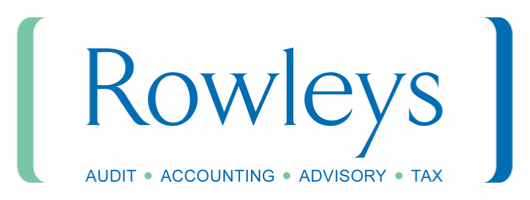News & Events
Your pre year-end tax planning checklist
13th April 2021
As the 2020/21 tax year comes to an end here are 6 areas (and the associated facts) you need to consider as they could very well help you to reduce your personal tax bill:
- Income Tax
- Fully utilise the basic rate band of £37,500 or, where possible, consider deferring taxable income to ensure this does not exceed £100,000, where you start to lose your annual personal allowance of £12,500.
- The Scottish higher rate of tax of 41% will apply between £43,431 to £150,000 (non-savings and non-dividend income). There are also starter and intermediate bands of 19% and 21% respectively for Scottish taxpayers.
- A step further may be ensuring your income (and/or your partners income) does not exceed £50,000 as child benefits start to be withdrawn at this level, and are fully withdrawn where income exceeds £60,000.
- Ensure you have received dividends of at least £2,000, fully utilising the 0% dividend tax band.
- Consider making charitable donations, and claiming gift aid.
- Consider restructuring any residential rental properties that are highly geared as tax relief on mortgage interest has started to be restricted for certain tax payers, and the restriction is gradually increasing.
- If you are not domiciled in the UK, review your remittances for the 2020/21 tax year well before the year-end. If you have been resident in the UK for many years, you may have become UK Deemed domicile for income and capital gains tax.
- If you or your spouse does not fully utilise the personal allowance of £12,500, 10% of this could be transferred using Marriage Allowance (where certain conditions are met), providing tax savings of £250.
- Investments
- Utilise the annual tax free savings allowances of £1,000 and £500 for basic and higher rate tax payers respectively. There is no savings allowance for additional rate taxpayers
- Maximise any investments in tax free wrappers, such as ISAs
- Consider tax efficient investments such as SEIS, EIS and VCTs
- Maximise pension contributions by utilising your annual pension allowance of £40,000 (broadly where your annual income remains below £200,000)
- Capital Gains Tax
- Utilise the annual tax free CGT allowance of £12,300
- Pass assets to your spouse CGT free (care required for property)
- Use past capital losses
- Don’t lose important reliefs such as principle private residence relief on your main home and Business Asset Disposal Relief on businesses and business assets
- Pensions
- Where your income exceeds £200,000 ensure you re-calculate your pension annual allowance (starting at £40,000) as this will possibly be tapered
- Protect a large pension pot for funds that are close to the lifetime allowance of £1,073,100
- For stakeholder pensions, consider making contributions up to £3,600 (gross) each year for your family members
- Inheritance Tax (“IHT”)
- Total gifts up to £3,000 per annum
- Gifts of £250 to as many individuals as you like free of any IHT consequences
- Gifts out of regular income can also be made free of IHT
- Consider switching current assets for those qualifying for business and agricultural reliefs as these can provide IHT relief up to 100%
- Ensure you have an up-to-date Will
- Leave your ISA to your spouse or civil partner
- Consider the use of Trusts for younger generations for further IHT protection
- Consider increasing bequests to charities to 10% of your net estate in order to reduce the IHT rate from 40% to 36%
- Pass on your pension
Please note not all of the above will be relevant to you but if you feel you could take advantage of any of these points and would like to discuss them further, please email mark@rowleys.biz or call Mark Hook on 0116 2827000.
Or, if you would like more detailed information on the points related to investments or pensions, please contact our colleagues at Rowley Turton Ltd. on 0116 2822177.
